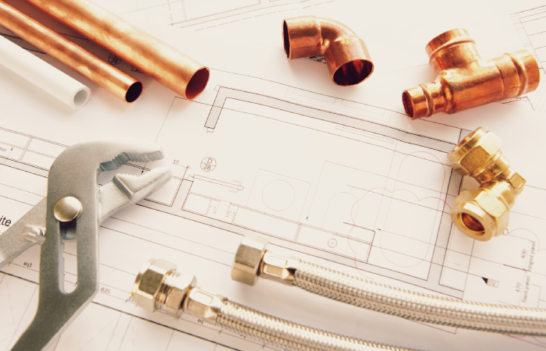When I first embarked on my RV journey, I scoured the internet for every checklist imaginable – tools, gear, and everything that could enhance my maiden voyage. Over time, however, I learned to slim down my list and prioritize the essentials. Today, I’m excited to share with you my two favorite tools that have become indispensable for troubleshooting and tracking down repair issues in my RV. These trusty companions have saved me more times than I can count and are equally essential for my work as an RV inspector.
1. The 9-in-1 Screwdriver: A Versatile Companion
My first favorite tool is the 9-in-1 screwdriver. I picked this gem up on Amazon for a mere $10 to $15, and it’s been a game-changer. This nifty tool boasts a variety of interchangeable tips, including Flathead, Phillips, square head, and different drill bits. It’s a true multitasker that can tackle a wide range of screw types found in your RV.
So, what do I use this fantastic tool for? Here are a few examples:
– Accessing Hard-to-Reach Areas: Sometimes, you might need to get behind a false wall to reach the water pump for repairs or winterizing. This screwdriver is a lifesaver for such situations.
– Air Conditioner Maintenance: I’ve used it to remove the cover on the interior air conditioner area, allowing me to access the plenum. This is crucial to ensure the divider (dam) hasn’t been compromised, which could result in the mixing of supply and return air, affecting your RV’s cooling efficiency.
The 9-in-1 screwdriver is incredibly versatile, making it a must-have in your RV toolkit.
2. Multimeter: Your Electrical Diagnostic Ally
The second tool I can’t leave home without is my multimeter. While these devices come in various price ranges, they are an invaluable asset for diagnosing electrical issues in your RV. The functions I find most useful, which I also teach at my workshops, include:
– Battery Voltage Testing: You can check your battery’s health status by testing its voltage directly at the battery terminals. This is essential for different battery types, such as AGM, gel, flooded lead-acid, and lithium.
– Converter Integrity Check: While plugged into shore power, you can assess the converter’s performance by testing the voltage at the battery terminals. A correctly functioning converter should register at least half a volt higher.
– Blade Fuse Troubleshooting: If your 12-volt panel lacks indicator lights for blown fuses, a multimeter can help. Set it to continuity mode and touch the leads to the blade fuse’s metal prongs. If the multimeter beeps, the fuse is intact.
These are just a few examples of what a multimeter can do, and you can find more resources online to expand your knowledge.
In conclusion, having the right tools can make a world of difference when it comes to RV troubleshooting and repair. The 9-in-1 screwdriver and multimeter have certainly earned their place in my toolkit, and I’m confident they’ll become your favorites too. Happy RVing!
Join Our Women’s RV Workshop
If you’re a female RV traveler looking to enhance your safety, troubleshoot problems, and maintain your RV, I invite you to explore our nationwide Women’s RV Workshop tour. We cover everything from RV maintenance to safety tips, ensuring you’re prepared for your adventures on the road.
To learn more and discover the workshop locations near you, head over to https://queenbeerv.com/speaking-and-events. We can’t wait to see you there!





